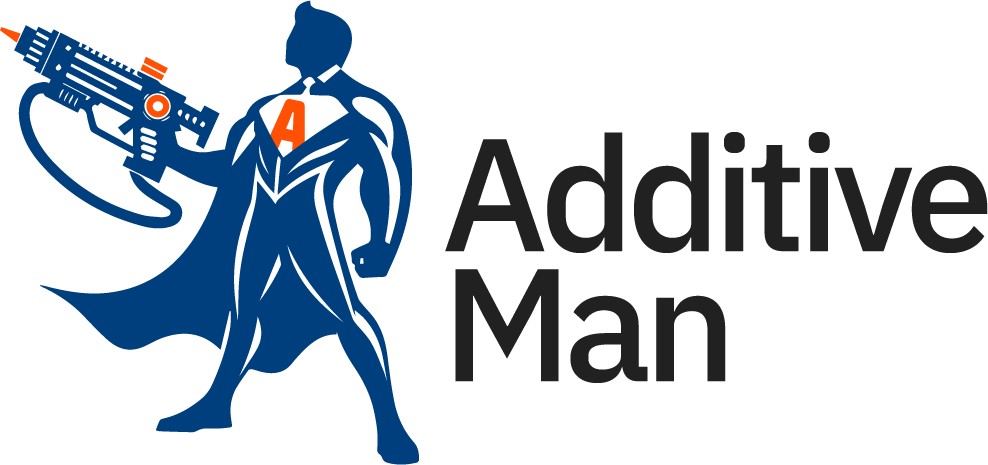
Surgeons leverage 3D printing for personalized facial prosthetic
- Naval Post Graduate School (NPS) students enhance fleet readiness with 3D printing
- How 3D printing is changing the nerf hobby
- World’s largest 3D printed community nears completion
This Week’s Additive Manufacturing News
Surgeons leverage 3D printing for personalized facial prosthetic
Surgeons are utilizing 3D printing to create personalized facial prosthetics, using CT scans to produce accurate molds that make surgeries minimally invasive. This approach has successfully transformed the lives of patients, providing secure, customized prosthetics that closely resemble their original facial features.
Impact at RIMPAC: NPS Students Enhance Fleet Readiness with 3D Printing Technology
Students and faculty from the Naval Postgraduate School (NPS) conducted expeditionary advanced manufacturing research during the Rim of the Pacific (RIMPAC) and Trident Warrior 2024 exercises demonstrating new technology applications at sea and ashore.
Simple 3d-Printed Table Loom for Complex Weavings
A DIY enthusiast has designed an 8-shaft 3D-printed table loom that simplifies traditional weaving while still allowing for intricate patterns. The project blends modern 3D printing technology with centuries-old loom design, offering an accessible tool for both novice and experienced weavers.
3D printing improves the efficiency of thermoelectric materials
Researchers from POSTECH and George Washington University have enhanced the efficiency of thermoelectric materials by using 3D printing to alter their geometry into an hourglass shape, improving power generation. This new approach to thermoelectric design shows potential for widespread applications in energy conversion, surpassing previous efforts focused solely on material properties.
Adaptive 3D printing system can pick and place organisms for bioimaging and cryopreservation
A first-of-its-kind adaptive 3D printing system developed by University of Minnesota Twin Cities researchers can identify the positions of randomly distributed organisms and safely move them to specific locations for assembly. This autonomous technology will save researchers time and money in bioimaging, cybernetics, cryopreservation, and devices that integrate living organisms.
Researchers Innovate with 3D-Printed Floors to Replace Steel
Researchers have developed a method to replace traditional steel flooring with 3D-printed alternatives, promising significant weight reduction and cost savings. This innovation could revolutionize the construction industry by making buildings lighter and more sustainable.
Airtech Advances Sustainable Aerospace Manufacturing with 3D Printing
Airtech has introduced new 3D printing methods to enhance sustainability and efficiency in aerospace manufacturing. These advancements support the industry’s shift towards greener practices and more efficient production processes.
The World’s Largest 3D Printer Is Building Cozy Homes from Wood The world’s largest 3D printer at the University of Maine is constructing eco-friendly homes using sawdust and bio-based materials. Capable of printing entire houses, this technology could address the state’s housing shortage by producing cozy, wooden cabins in just a few days.
Band-Aid for the heart? New 3D printing method makes this, and much more, possible
Researchers at CU Boulder, in collaboration with the University of Pennsylvania, have developed a new 3D printing method that produces strong, elastic materials capable of repairing and replacing human tissues. This innovation could lead to advanced medical applications, including heart patches, cartilage repairs, and needle-free sutures, with potential uses extending beyond healthcare.
SPEE3D Successful at the World’s Largest International Naval Exercise
SPEE3D demonstrated its advanced Cold Spray 3D printing technology during the world’s largest naval exercise, showcasing the ability to rapidly produce metal parts for ship repairs in harsh environments. This mobile technology enables the U.S. Navy to manufacture critical components on-site, ensuring quicker repair times and enhanced operational readiness.
How 3D Printing Is Changing the Nerf Hobby
3D printing has transformed the Nerf hobby, enabling enthusiasts to create custom blasters and performance-enhancing mods from scratch. While fans can build unique, personalized designs or improve existing blasters, safety concerns arise with 3D-printed ammo, which is better suited for target practice than player use.
3D-printed decoupled structural lithium-ion batteries that are stable, robust and customizable
Researchers at Shanghai University have developed a 3D-printing strategy to create customizable structural lithium-ion batteries that serve both as energy storage and load-bearing components. These decoupled batteries, which offer high energy density and mechanical robustness, are designed for diverse applications such as electric vehicles, robots, and drones, demonstrating impressive durability and stability during stress tests.
How to Use Meshmixer to Prepare Files for 3D Printing
Meshmixer provides various tools that you can use to analyze, identify, and fix common geometric design problems, such as non-manifold edges and intersecting faces. It also allows you to fill your 3D models, add supports, and even split or scale them.
Featured Additive Manufacturing Jobs on LinkedIn
